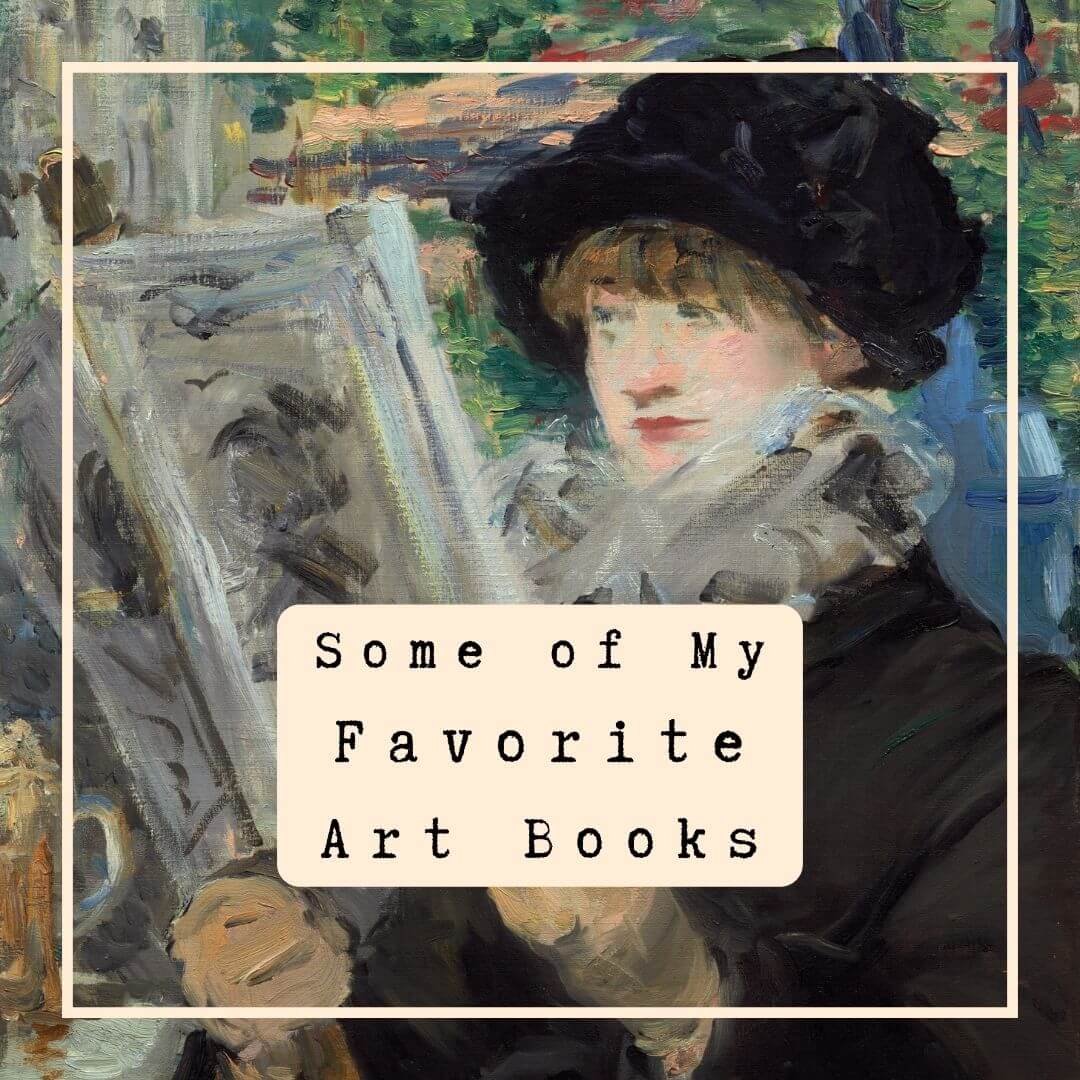Cover image: Edouard Manet, Woman Reading (detail), 1880/1. Art Institute of Chicago.
I’ve raided my bookshelf and Goodreads account to come up with some book recommendations of all of you. Here are some entertaining, informative, and highly readable art-related books that I have personally read and loved. The book are not listed in any particular order, and most are followed by the titles of similar volumes you may also enjoy. While a few may be slightly academic, the vast majority are easy to read and intended for popular audiences. I most recently updated this post in April 2024 with some new titles.
Priceless: How I Went Undercover to Rescue the World’s Stolen Treasures by Robert K. Wittman and John Shiffman
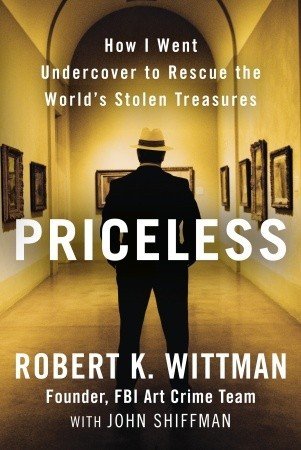
Former FBI agent Robert K. Wittman founded and ran the FBI’s Art Crime Team, which has dealt with art thefts like the 1990 Isabella Stewart Gardner heist. In Priceless, he shares what it was like to actually investigate and solve some of these art crimes. There are lots of adventure and thrills in this book, which will definitely appeal to anyone who enjoys cop shows.
If art crime is one of your favorite literary genres, also try Stealing the Show; A History of Art and Crime in Six Thefts by the Met’s former head of security John Barelli.
Meetings with Remarkable Manuscripts by Christopher de Hamel
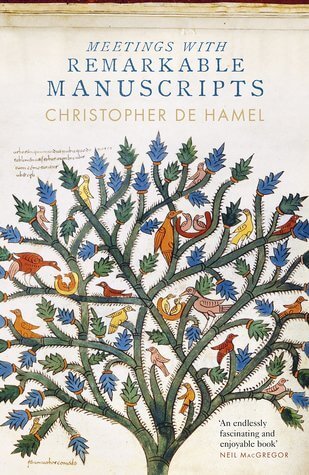
I love illuminated manuscripts! Accordingly, I read everything by Christopher de Hamel, the world’s foremost expert on the subject. In Meetings with Remarkable Manuscripts, de Hamel visits a handful of history’s greatest illuminated manuscripts at their repositories across the world. I love this book, although it requires some careful reading. Here is my review of the book from last year.
If you like this subject, I recommend Thomas Cahill’s wonderful How the Irish Saved Civilization: The Untold Story of Ireland’s Heroic Role from the Fall of Rome to the Rise of Medieval Europe. While it’s not technically an art book, it’s all about the cultural milieu that created manuscripts like the Book of Kells. It’s also one of my favorite books.
Metropolitan Stories by Christine Coulson
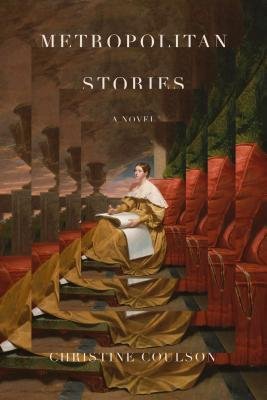
The only fictional book on this list, Metropolitan Stories is a collection of vignettes about life at the Metropolitan Museum of Art. It’s written by a former museum employee. I’ve already written at length about why I love this book and recommend it highly.
To see the Met presented in a much different light, check out Michael Gross’s Rogues’ Gallery: The Secret History of the Moguls and the Money that Made the Metropolitan Museum.
King of the Confessors by Thomas Hoving
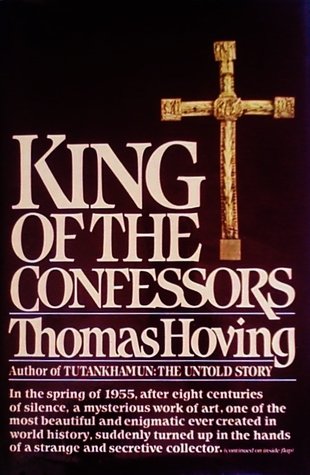
Like the two entries above, I’ve already written about this book and why I enjoyed it. Thomas Hoving was former director of the Metropolitan Museum of Art, but King of the Confessors relates an adventure he had while still a curator of medieval art – acquiring the so-called Cloisters Cross for the Met Cloisters. It involved a National Treasure-level amount of intrigue and adventure. Thomas Hoving was a polarizing figure in the art world, and many people have suggested that his recollections can’t be trusted. However, his flair for the dramatic makes King of the Confessors so much fun to read.
I also enjoyed Hoving’s memoir Making the Mummies Dance: Inside the Metropolitan Museum of Art, though I suspect it’s even less trustworthy.
The Monuments Men: Allied Heroes, Nazi Thieves, and the Greatest Treasure Hunt in History by Robert M. Edsel
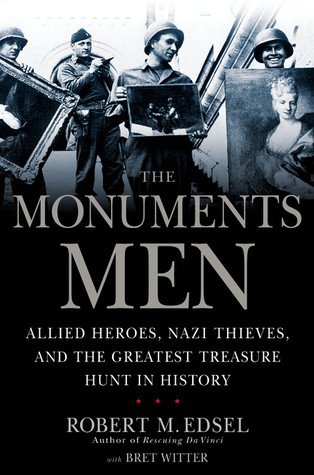
Many people know about The Monuments Men because of the 2014 movie with the same name. The movie tells a fictionalized version of the real-life events detailed in the book. The Monuments, Fine Arts, and Archives section (aka the Monuments Men) was a group of Allied men and women tasked with protecting world cultural heritage during World War Two. Their adventures make for a thrilling read, so it’s unsurprising that Hollywood picked it up.
If you’re interested in learning more about art in World War Two, Edsel has also written other books on the topic. One, called Rescuing Da Vinci, includes lots of memorable photographs of the empty halls of the Louvre and art stockpiled inside collection points. A great PBS documentary called The Rape of Europe covers these events, too.
If you’re wondering whether there any were Monuments Women, the answer is yes! You can read about two of the most prominent, Rose Valland and Edith Standen, right here at A Scholarly Skater.
Provenance: How a Con Man and a Forger Rewrote the History of Modern Art by Laney Salisbury and Aly Sujo
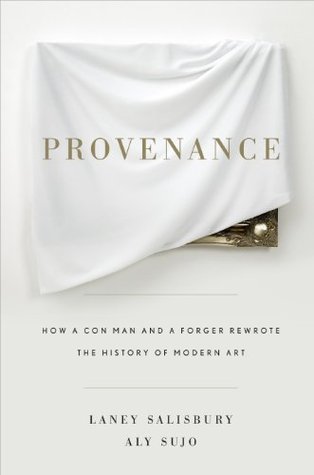
The events relayed in Provenance are so crazy that they’re almost hard to believe. Two Englishmen – a struggling artist and a con man – teamed up to perpetrate an elaborate and long-running series of art frauds in the 20th century. One forged the art, and the other forged the provenance. You really couldn’t make up fiction as good as this true story.
True stories of art forgery are fascinating, so there are lots of books on the subject. I also recommend The Forger’s Spell: A True Story of Vermeer, Nazis, and the Greatest Art Hoax of the Twentieth Century by Edward Dolnick, which is another wild ride. It tells the story of a small-time Dutch artist who forged paintings by Dutch master Johannes Vermeer and sold them to Nazis.
Ivory Vikings: The Mystery of the Most Famous Chessmen in the World and the Woman Who Made Them by Nancy Marie Brown
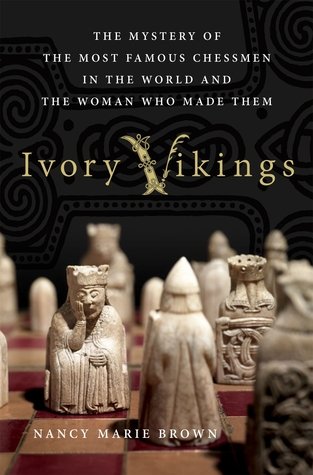
Ivory Vikings is about the Lewis Chessmen, a set of medieval ivory chess pieces uncovered in a Scottish bog. With their expressive and cartoonish features, they have captured the modern imagination, even making a cameo in the first Harry Potter movie. In this book, Nancy Marie Brown argues that an Icelandic woman was the carver responsible for them. Her thesis isn’t universally accepted, but she makes a strong case for it and also teaches much else about the chessmen.
Universe of Stone: A Biography of Chartres Cathedral by Philip Ball
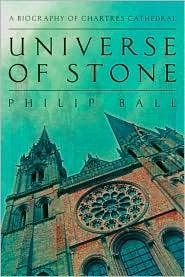
Universe of Stone delves deeply into the history, cultural context, philosophy, construction, and more of Chartres Cathedral, one of France’s most famous Gothic churches. This is a weightier and more detailed text than most of the others on this list, but the interested reader won’t tire of it. It also makes for a nice fantasy voyage into the Middle Ages.
Strapless: John Singer Sargent and the Fall of Madame X by Deborah Davis
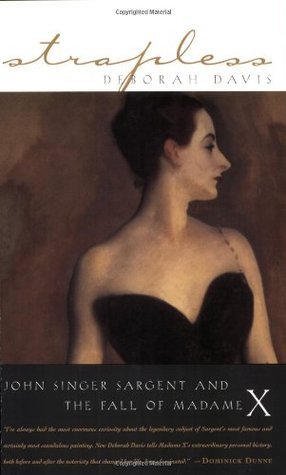
Everybody knows Madame X, John Singer Sargent’s famous portrait of an aloof woman in a chic black dress. Many people know that the painting was surprisingly controversial in its day. But, how many people know the details of what actually happened, or who Madame X really was, for that matter? In Strapless, you will learn all about the true story behind this iconic work and the society starlet it depicts.
I love Sargent, so I read as much about him as I can. I also recommend two other books about Sargent paintings and the women they depict – Sargent’s Daughters: The Biography of a Painting by Erica Hirshler and Sargent’s Women: Four Lives Behind the Canvas by Donna M. Lucey.
Turner: The Extraordinary Life and Momentous Times of J. M. W. Turner by Franny Moyle
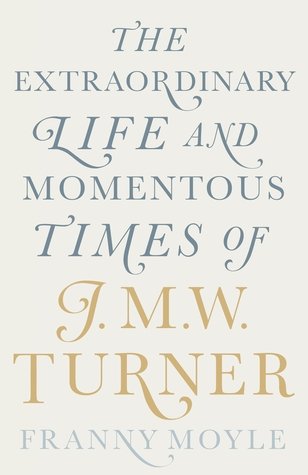
Joseph Mallord William Turner is one of Britain’s most famous and beloved artists of all time. I’m obsessed with his beautiful and atmospheric landscape paintings. It shouldn’t come as a surprise that such a creative and innovative artist had an eventful life and somewhat sensational death. You can read all about it in Franny Moyle’s great biography.
If you enjoy artist biographies, you might also try Alex Danchev’s Cezanne: A Life.
The Last Leonardo: The Secret Lives of the World’s Most Expensive Painting by Ben Lewis
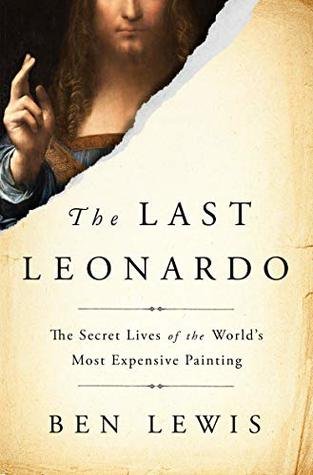
A Salvator Mundi (Savior of the World) painting attributed to Leonardo da Vinci made global headlines in 2017, when it sold for a record-breaking $450 million. It has also been the subject of considerable debate due to its questionable condition and attribution status. In The Last Leonardo, Author Ben Lewis fully researched the Salvator Mundi situation, and the story is crazier than I could have imagined. It’s couldn’t put this book down.
If you enjoy reading about the controversies that rage behind Leonardo da Vinci attributions, also try The American Leonardo: A 20th Century Tale of Obsession, Art and Money by John Brewer.
The Whitney Women and the Museum They Made by Flora Miller Biddle
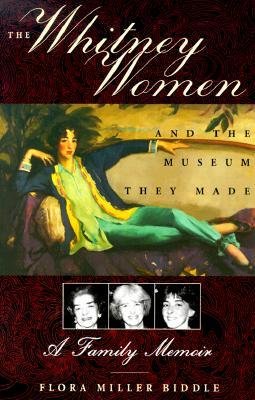
Flora Miller Biddle is the granddaughter of Gertrude Vanderbilt Whitney – the sculptor, collector, and heiress who founded the Whitney Museum of American Art. In The Whitney Women, Biddle tells her grandmother’s story and shares some very personal reflections on what the Whitney museum has meant to herself and her mother.
If you want to learn about more women who have founded museums, look for biographies about any of the women I featured in my “Five Great Female Art Patrons in History” article.
The Collector of Lives: Giorgio Vasari and the Invention of Art by Ingrid Rowland and Noah Charney
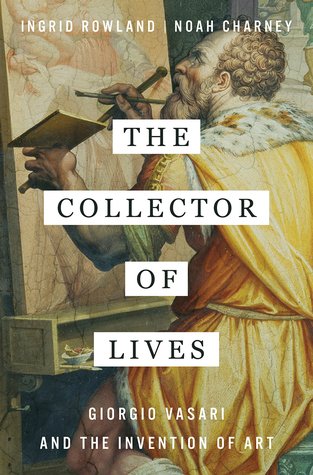
Have you ever wondered how art history began? The answer is Giorgio Vasari, an Italian Baroque painter and writer whose Lives of the Most Eminent Painters, Sculptors, and Architects was the world’s first art history book. The Collector of Lives tells Vasari’s life story and explains about how this landmark text came into being.
Another great book about the history of the art world is Rogues’ Gallery: A History of Art and its Dealers by Philip Hook, which I reviewed in 2018.
The Lost Painting: The Quest for a Caravaggio Masterpiece by Jonathan Harr
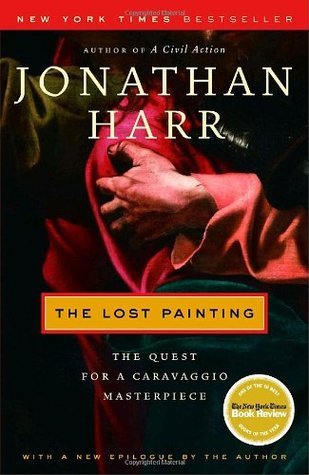
The Lost Painting is an art detective book – a genre I simply adore. Unlike traditional detective stories, it doesn’t center on a crime or overt deception. Instead, the narrative revolves around the search for long-lost painting, The Taking of Christ by Caravaggio. Art scholar Francesca Cappelletti is the detective responsible for tracking it down. This book is so appealing for its mystery and the twists and turns that lead to solving it. Read my review of it here.
The Vanishing Velazquez: A 19th-Century Bookseller’s Obsession with a Lost Masterpiece by Laura Cumming, which I have also reviewed, is another great book on a similar theme.
Famous Works of Art and How They Got That Way by John Nici
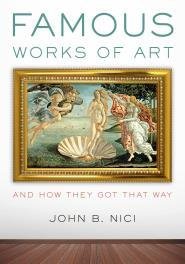
People tend to assume that famous works of art must be somehow better than all the others. Famous Works of Art and How They Got That Way will cure you of that notion. It highlights the world’s most famous artworks – from ancient to contemporary – and explains the truly random whims of history that led to their current celebrity. While it’s a little disappointing to see beloved artworks get knocked down a peg, I found the stories within to be more than interesting enough make up for it.
The Cave Painters: Probing the Mysteries of the World’s First Artists by Gregory Curtis
This is probably one of my all-time favorites. Equally about the cave painters of Prehistoric Europe and the people who discovered and interpreted them, this book was a spontaneous buy at a used book store, and I was ever so glad I purchased it. I’ve actually re-read it several times, and it was the major source for my article about Prehistoric art and humanity.
Carvings and Commerce: Model Totem Poles 1880-2010 by Michael D. Hall et al.
This book is the perfect example of something I didn’t know I was interested in until I started reading about it. This book, the catalog of a 2010 exhibition at a Saskatchewan gallery, was recommended to me by a dealer I met at an antiques show. It addresses the history, aesthetics, and legacy of model totem poles – a separate genre from large-scale totem poles. The essays are informative and the pictures are beautiful.
Color: A Natural History of the Palette by Victoria Finlay and Bright Earth: Art and the Invention of Color by Philip Ball
Color is an essential part of art-making, and the chemistry of pigments and dyes play an important but often-overlooked role in art history. That makes both of these books really fascinating reading. I’ve already reviewed Finlay’s book here, while Ball is also the author of a prior book on this list, Universe of Stone.
Picture Titles: How and Why Western Paintings Acquired Their Names by Ruth Bernard Yeazell
Ironically, a fantastic book about titles has a deceptively-boring name itself. But don’t be fooled, Picture Titles is really fascinating and deals with something we don’t think about very much in art – how much our experiences with artworks are shaped by their titles and whether said titles deserve that key role. The book will really disabuse you of any motion that painting titles are authoritative, created by the artists themselves, or really have the last word on an artwork’s true subject and meaning.
Get the Picture: A Mind-Bending Journey Among the Inspired Artists and Obsessive Art Fiends Who Taught Me How to See by Bianca Bosker
Bosker is a journalist who decided she wanted to understand the fuss about art. So, she spent over a year circulating in the NYC contemporary art scene, working at galleries and museums, attending fairs, shadowing artists, and more. Her experiences are fascinating and alarming in equal parts. As an art historian, I don’t feel great about how the book completely ignores art before 1900 and those of us who love it, and I felt that the exclusive focus on trendy and ambitious contemporary art in New York gives a slanted impression. However, I couldn’t put the book down and definitely recommend it to others. I also enjoyed her earlier book Cork Dork: A Wine–Fueled Adventure Among the Obsessive Sommeliers, Big Bottle Hunters, and Rogue Scientists Who Taught Me to Live for Taste, which has a similar vibe but relates to a totally different field.
